
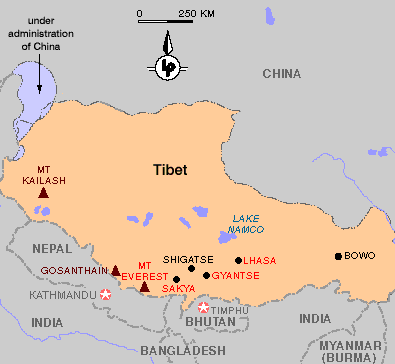


Tibet is a region in East Asia covering much of the Tibetan Plateau spanning about 2.5 million km2. It is the traditional homeland of the Tibetan people as well as some other ethnic groups such as Monpa, Tamang, Qiang, Sherpa, and Lhoba peoples and is now also inhabited by considerable numbers of Han Chinese and Hui people. Tibet is the highest region on Earth, with an average elevation of 5,000 m (16,000 ft). The highest elevation in Tibet is Mount Everest, Earth's highest mountain, rising 8,848 m (29,029 ft) above sea level.
The Tibetan Empire emerged in the 7th century, but with the fall of the empire the region soon divided into a variety of territories. The bulk of western and central Tibet (U-Tsang) was often at least nominally unified under a series of Tibetan governments in Lhasa, Shigatse, or nearby locations. The eastern regions of Kham and Amdo often maintained a more decentralized indigenous political structure, being divided among a number of small principalities and tribal groups, while also often falling more directly under Chinese rule after the Battle of Chamdo; most of this area was eventually incorporated into the Chinese provinces of Sichuan and Qinghai. The current borders of Tibet were generally established in the 18th century.
Following the Xinhai Revolution against the Qing dynasty in 1912, Qing soldiers were disarmed and escorted out of Tibet Area (U-Tsang). The region subsequently declared its independence in 1913 without recognition by the subsequent Chinese Republican government. Later, Lhasa took control of the western part of Xikang, China. The region maintained its autonomy until 1951 when, following the Battle of Chamdo, Tibet was occupied and incorporated into the People's Republic of China, and the previous Tibetan government was abolished in 1959 after a failed uprising.
Today, China governs western and central Tibet as the so-called Tibet Autonomous Region while the eastern areas are now mostly ethnic autonomous prefectures within Sichuan, Qinghai and other neighboring provinces. There are tensions regarding Tibet's political status and dissident groups that are active in exile. Tibetan activists in Tibet have reportedly been arrested or tortured.
The economy of Tibet is dominated by subsistence agriculture, though tourism has become a growing industry in recent decades. The dominant religion in Tibet is Tibetan Buddhism; in addition there is Bon, which is similar to Tibetan Buddhism, and there are also Tibetan Muslims and Christian minorities. Tibetan Buddhism is a primary influence on the art, music, and festivals of the region. Tibetan architecture reflects Chinese and Indian influences. Staple foods in Tibet are roasted barley, yak meat, and butter tea. Read more ...
Newly discovered 'ghost' lineage linked to ancient mystery population in Tibet, DNA study finds Live Science - May 30, 2025
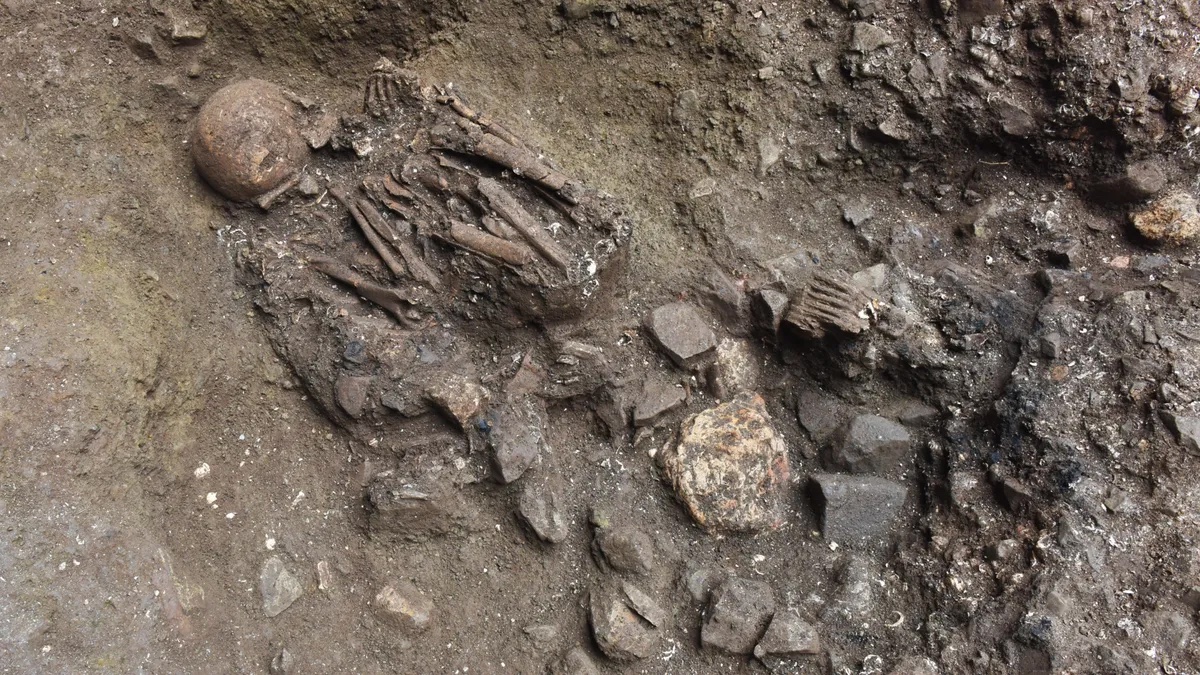
A 7,100-year-old skeleton from China has revealed a "ghost" lineage that scientists had only theorized about until now, a new study finds. Researchers made the discovery while studying ancient skeletons that could help them map the diverse genetics of central China. The DNA of this ghost lineage individual, an Early Neolithic woman who was buried at the Xingyi archaeological site in southwestern China's Yunnan province, also holds clues to the origins of Tibetan people.
Tibetans Lived in Himalayas Year Round Up to 12,600 Years Ago Live Science - January 5, 2017
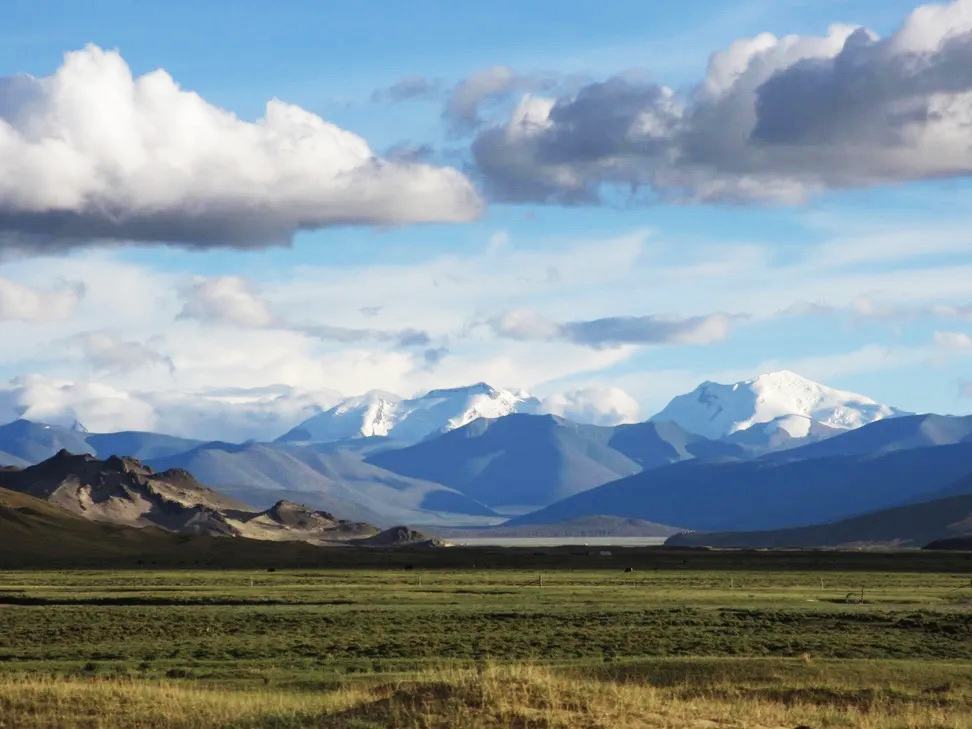
Thousands of years ago, people living on the high mountains of the Tibetan plateau waded into a steamy hot spring, leaving behind footprints in the soft mud. These footprints, which were discovered in 1998, have proved invaluable to modern-day researchers, who recently dated them to between 7,400 and 12,600 years ago.
The Tibetan nomad traditions defying the modern world BBC - August 18, 2016
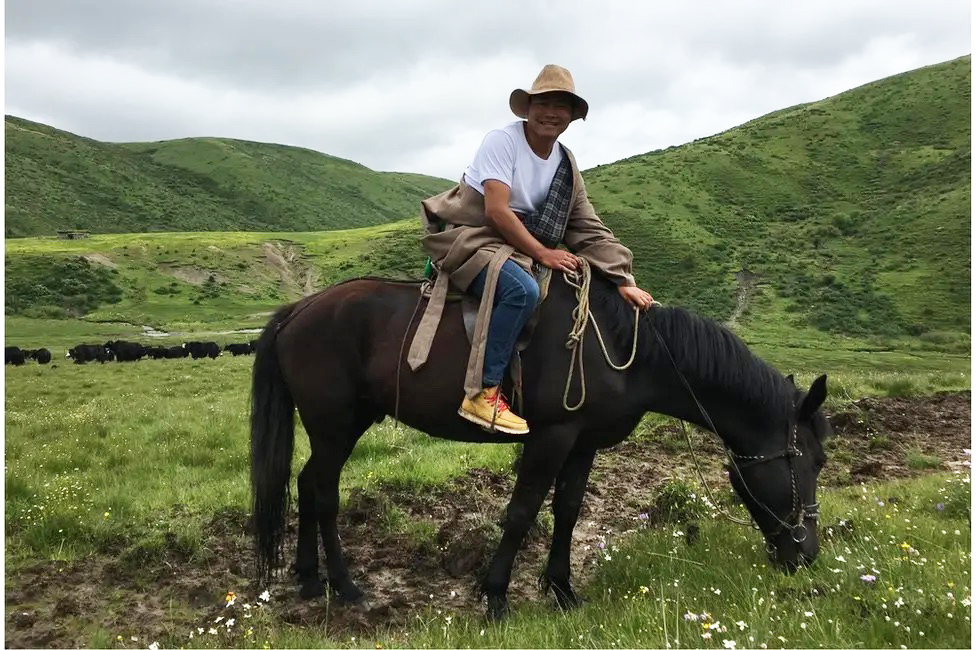
Despite decades of change and development, nomads still migrate to the Tibetan Plateau every summer, from where China Correspondent Stephen McDonell reports. There was a time here when tribal Tibetans roamed across a vast dramatic landscape with no specific place to call home. For generation after generation they had lived as nomads, sleeping where they made camp. They kept their livestock moving, chasing the fresh pastures that became available as the seasons changed. The limits of their territory were identified by mountains and rivers, and their nomadic existence permeated all aspects of their culture. In 2016, you might expect this lifestyle to have been fully extinguished, yet it hasn't been. Not quite. However, what's left of it is now coming under considerable pressure. We set out to visit one Tibetan community in Aba region.
Geologists discover ancient buried canyon in South Tibet Science Daily - November 20, 2014
Scientists have discovered an ancient, deep canyon buried along the Yarlung Tsangpo River in south Tibet, north of the eastern end of the Himalayas. The geologists say that the ancient canyon -- thousands of feet deep in places -- effectively rules out a popular model used to explain how the massive and picturesque gorges of the Himalayas became so steep, so fast.
Dizzying heights: Prehistoric farming on the 'roof of the world' Science Daily - November 20, 2014
Archaeological findings pose questions about genetic resistance in humans to altitude sickness and genetic response in crop plants to flowering times and ultraviolet radiation tolerance. Archaeological discoveries from the 'roof of the world' on the Tibetan Plateau indicate that from 3,600 years ago, crop growing and the raising of livestock was taking place year-round at hitherto unprecedented altitudes.
Revealed: How Tibetans Survive Thin Air Live Science - June 8, 2010
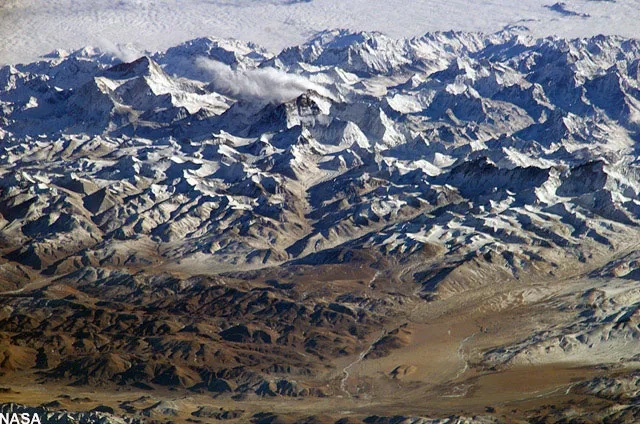
If you moved to Tibet, you'd struggle with the altitude and might well get altitude sickness. A study published May 13 in the journal Science reported that Tibetans are genetically adapted to high altitude. Now a separate study pinpoints a particular site within the human genome - a genetic variant linked to low hemoglobin in the blood - that helps explain how Tibetans cope with low-oxygen conditions. The new study, in the Proceedings of the National Academy of Sciences, sheds light on how Tibetans, who have lived at extreme elevation for more than 10,000 years, have evolved to differ from their low-altitude ancestors.